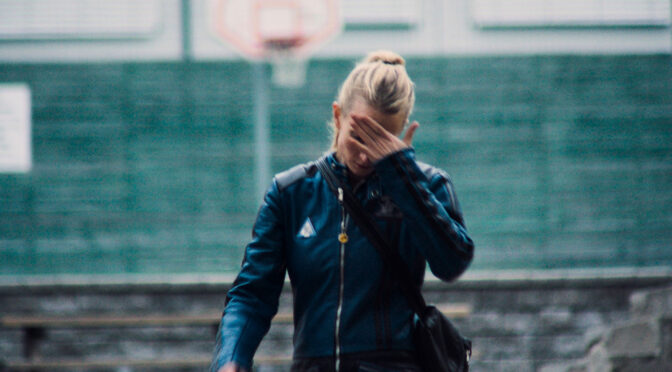 Gritt is true to her moniker. The plucky young theatre professional has big dreams for her next devised theatre project, entitled “The White Inflammation.” Modelled on the honesty, passion, and rigour of Artaud’s Theatre of Cruelty, it will delve into Norwegian society, perhaps also the West as a whole, perhaps just a general apathy and “inability to act.” But when she cannot quite define these parameters of exploration, how can she convince funders and venues that her art has meaning?
Gritt is true to her moniker. The plucky young theatre professional has big dreams for her next devised theatre project, entitled “The White Inflammation.” Modelled on the honesty, passion, and rigour of Artaud’s Theatre of Cruelty, it will delve into Norwegian society, perhaps also the West as a whole, perhaps just a general apathy and “inability to act.” But when she cannot quite define these parameters of exploration, how can she convince funders and venues that her art has meaning?
Art, the ego, and the fundamental isolation during the creative process are interrogated throughout GRITT in Itonje Søimer Guttormsen’s oblique script and by Birgitte Larsen’s harrowing central performance, both of which mark a degree of separation from her friends and creative colleagues. Gritt fluidly expresses her desire to connect with reality – or at least what she thinks others perceive as reality – but a fundamental mismatch is apparent in every unmet gaze and closed funding avenue.
Additionally, Gritt’s words and actions express an inability to separate her art from herself – one which leads to an interrogation of authorship and the effects of setbacks. In rehearsals, Gritt – a white woman – asks five non-white men to use their bodies to explore everyday traumas and frustrations in her rehearsal process. These are uncomfortable moments, as Gritt seems the wrong driver of this story no matter how close to her heart it is. However, what could have been an interesting thread on identity in much Western theatre is closed off, as yet another obstacle is thrown in the creator’s path. This stymied exploration of identity politics still drives home the enormity of Gritt’s desired subject: are good intentions and hard work enough to make meaningful art?
The roadblocks out of Gritt’s control are the most harrowing. Venues are lost, and money runs out due to forces outside artistry, yet each is a blow to Gritt’s sense of self and artistry. The classical music score disappears as the camera’s lens becomes more frantic and impersonal, and this increasing claustrophobia drives towards a stark – yet possibly the only logical – final act.

